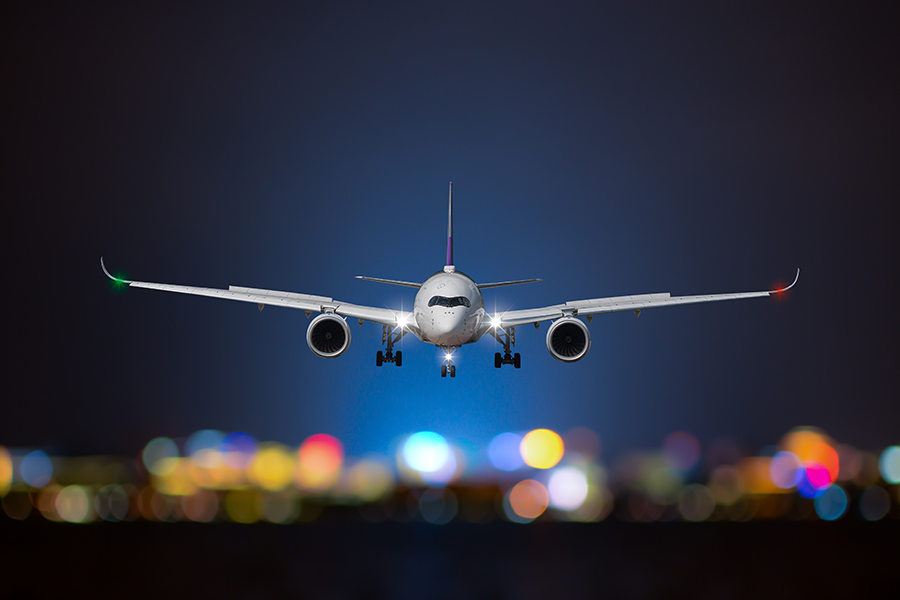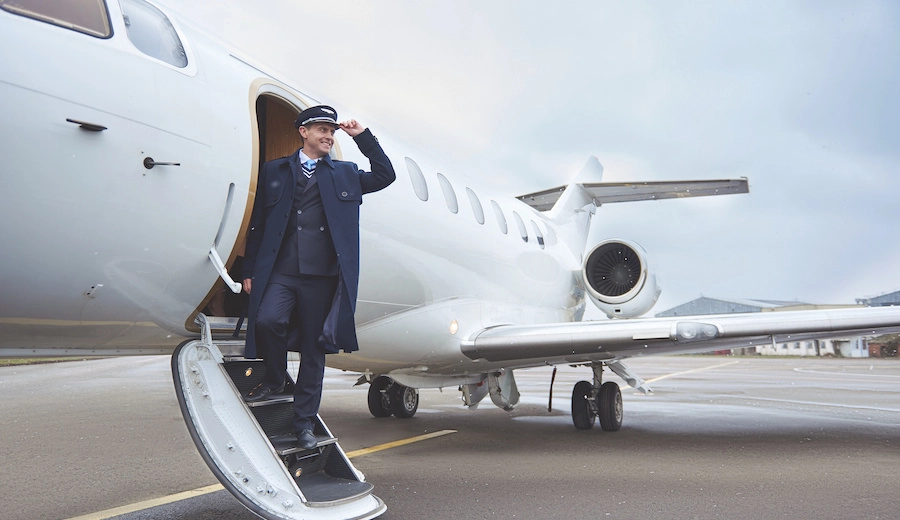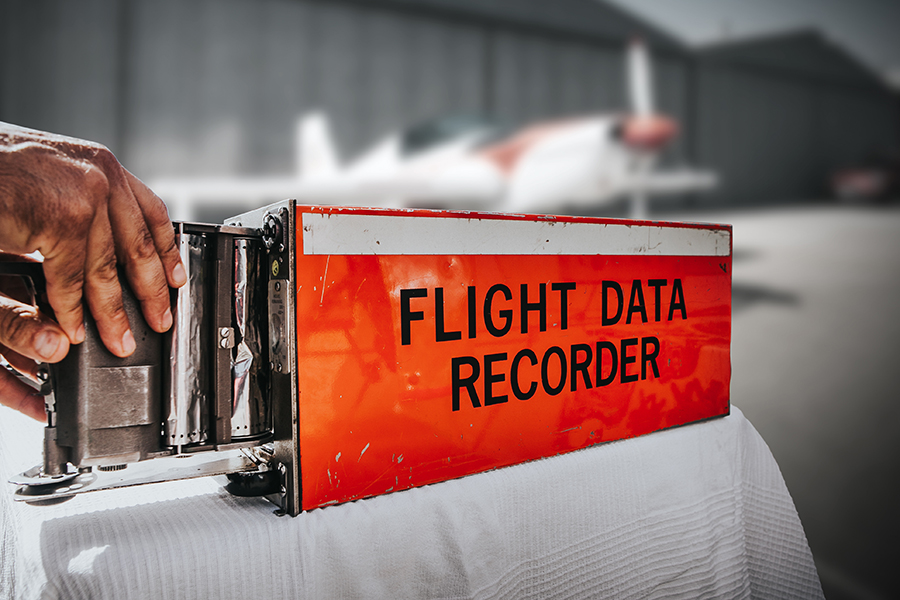-
What is Drag?
-
The Main Types of Drag
- Parasite Drag
- Induced Drag
- Wave Drag
-
Why are Drag Important? 5 Things to Consider
- With An Increase in Weight, Comes an Increase in Drag
- Contamination On Aircraft Surfaces Increases Drag
- Drag Is Useful for Slowing Down
- The Drag' Sweet Spot' – Minimum Drag Speed
- More Drag = More Fuel Required
-
Final Thoughts
Learning about the different flight forces is vital to understanding your aircraft and how it flies. One of the main forces that you certainly will encounter is a drag. But just what is drag? Well, you are about to find out as we show you the main types of drag, how they are created, and why it is so important to know about drag.
Drag is the opposing force to thrust. It is caused by aerodynamic resistance as an object moves through the air. Drag is an umbrella term. It is the sum of several different types of drag that have different sources. These can include; form drag, parasite drag, induced drag, and several more.
Want to know what they are?
Read on to find out…
What is Drag?
When aircraft fly, they are subject to four different forces. Each force has its opposite. The pairings are as follows: –
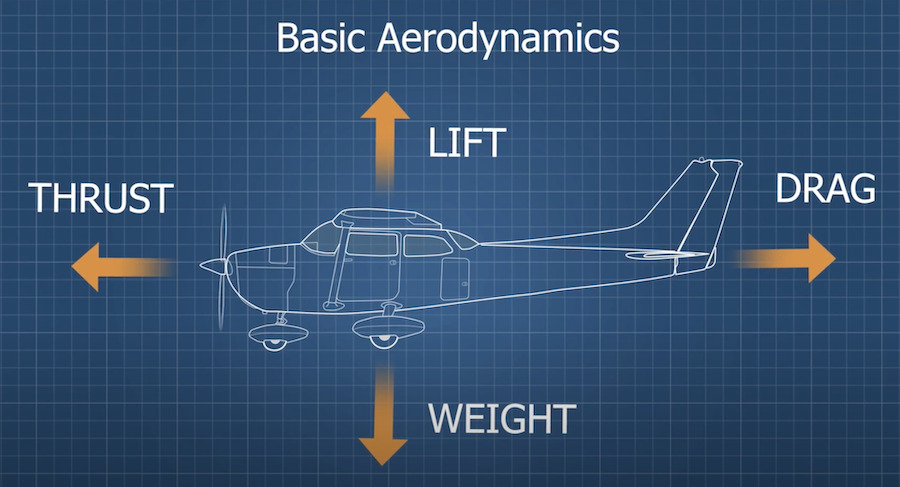
| Flight Force | Opposing Force |
| Lift | Weight |
| Thrust | Drag |
Looking at the above table, you’ll see that drag is the opposing force to thrust.
Wait, drag isn’t the opposing force to lift?
No, in simple terms, if thrust causes the aircraft to accelerate, drag will cause the aircraft to slow down.
This is exactly what happens when the force of drag exceeds the thrust available. This is precisely the reason why aircraft such as gliders (which have no thrust) is designed in such a way as to offer minimal drag.
Interested in gliders? You might want to check this out…
If you have ever stuck your hand out of a moving car window, you will have had first-hand experience of drag. It is the force you will feel on your hand as it moves through the air. Using this simple concept, you can already understand a little about drag.
And here’s the thing…
The bigger your hand and the faster the car’s speed, the more force you will feel!
Why?
Well, it’s actually pretty simple. What you are feeling is countless air molecules hitting your hand. The larger your hand, the more air molecules will collide with it. The faster the car, the greater the force with which the air molecules will collide.
Simple stuff, right?
However, it isn’t quite so clear-cut.
What you have felt when sticking your hand out into the airflow is actually a combination of factors. While we use the general term ‘drag,’ we refer to several different types of drag, which are all summed together.
This ‘sum’ can also be called the ‘drag coefficient’. It may sound pretty technical, but actually, it is quite easy to understand. It looks something like this: –
Total drag = Parasite Drag + Induced Drag
Let’s explore each of these types of drag in turn, and how they add up to a greater whole.
The Main Types of Drag
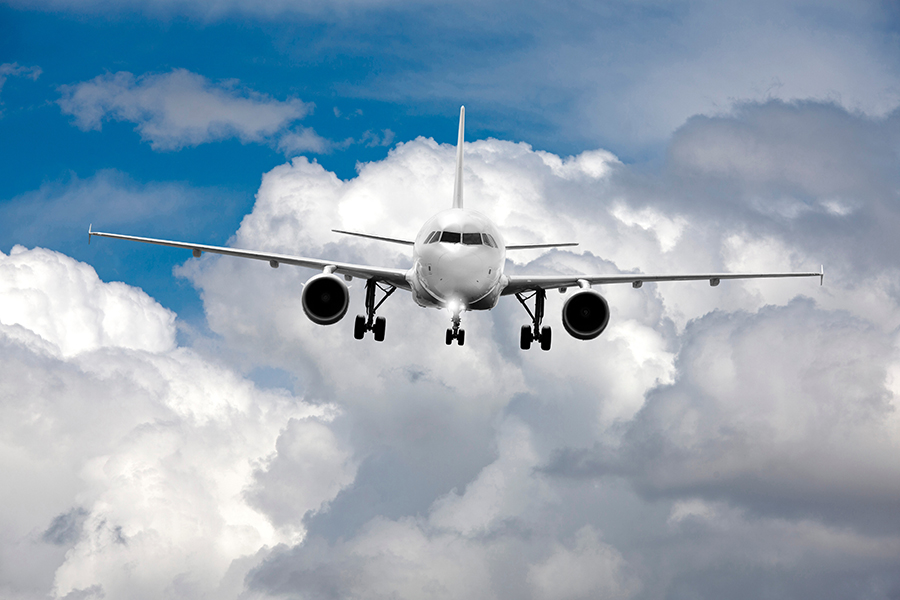
Drag is a catchall term used to describe the aerodynamic resistance generated by several interacting forces. We, as pilots, divide and then subdivide ‘drag’ into a few different categories: –
- Parasite Drag: –
- Form drag
- Friction drag
- Interference drag
- Induced Drag
- Wave Drag
What is drag? All of the above. Here’s what you need to know…
Parasite Drag
Parasite drag is the thing that aircraft designers do their utmost to reduce. Its effects and influence can be controlled to a level.
Remember how we talked about car windows and hands a little earlier? The majority of the force you’d have felt comes as a result of parasite drag. If you could make your hand smaller, you could reduce the drag, right?
However, you may be surprised to learn that the story doesn’t end there. We further subdivide parasite drag into three categories.
Form Drag
Imagine a large rock and a dart.
Which do you think generates the most resistance when thrown through the air?
The rock, obviously.
This occurs because the rock has a non-aerodynamic shape, or to put it another way, Its form creates drag.
Form drag is a function of shape and how it is presented to the airflow. A large board held thin-end onto the wind probably doesn’t generate much drag. However, hold that board square into a breeze, and you’ll feel a significant force.
Friction Drag
If you ever run your hand over a wing, you’ll notice something really obvious.
Aircraft wings are really smooth.
The reason for this?
Smoother surfaces encourage less friction drag.
Friction drag is caused by rough surfaces that encourage the air to ‘stick’ to them. While this can’t be reduced to zero, it can be greatly minimized.
Interference Drag
Interference drag is something that airplane designers can’t get away from.
Why?
It is caused by different airflows meeting at points where aircraft surfaces are joined. One of the areas where this is significant is at the roots of the wings, where they join the body.
Whether you look at smaller light aircraft or huge jet airliners, you’ll normally see attempts made in the design to reduce harsh, angular corners where drag might be created. This is normally achieved through smooth and aerodynamic fairings.
Understanding Parasite Drag
Understanding parasite drag is actually pretty simple.
Think back to our’ hand out of the window’ car analogy. Remember that the faster the car goes, the greater the force generated?
This is a working example of parasite drag. There is actually a rule as to how much the drag increases based on speed. Parasite drag increases at the square of the speed.
To explain this concept in plain English, if your speed is twice as fast, you will create four times as much parasite drag. Go four times as fast, and you actually create sixteen times as much drag.
Hopefully, with the above in mind, you can see why reducing parasite drag comes high on the list of airplane designers’ priorities. The wing shape can make all the difference!
Induced Drag
Induced drag is a little different.
Whereas parasite drag increases with an increase in speed, induced drag reduces the faster you go.
But, what is induced drag?
Induced drag is a by-product of lift. And there is no getting away from it. The more lift you generate, the greater the induced drag you produce.
Let’s put it simply…
When the lift is at its highest, so is induced drag.
You’ll normally encounter more induced drag during phases where you ask a lot of the wing at low speeds, such as during take-off and when you deploy high lift devices such as flaps.
Induced drag is highest at the wingtips and lowest at the wing roots. These induced drag ‘vortices’ (a fancy name for swirling air) around the wing tip create a vacuum, creating a pulling force rearward.
A force acting in the opposite direction to thrust? Sounds familiar!
Yep, that’s a drag!
What causes induced drag?
It’s actually pretty simple.
Without going into huge amounts of aerodynamic theory, wings work as follows…
High pressure under the wing, low pressure on top of the wing (see, we told you it was simple).
However, at the end of the wing, we have a problem. The high-pressure air can sneak around the wingtip and start mixing with the low-pressure air, inducing a turbulent airflow.
…Hence the name induced drag.
If you want to visualize it, check this short video out…
If you are looking at parts of a wing and wanted to know what these miniature ‘winglets’ are at the tips, now you know! They are there to delay and reduce induced drag!
Wave Drag
Wave drag isn’t something you will encounter much of flying a light aircraft, but it is still worth learning about!
Wave drag is something that designers of high-speed aircraft think a great deal about. It is formed when aircraft start approaching transonic and supersonic speeds. It is caused by air being compressed. This causes shockwaves to build up along the wing, disrupting the airflow.
Should these shockwaves become too great, it can result in complete separation of the airflow from the wing and a loss of control! Fortunately, unless you are flying a supersonic aircraft, it is highly unlikely that you will encounter significant wave drag.
Why are Drag Important? 5 Things to Consider
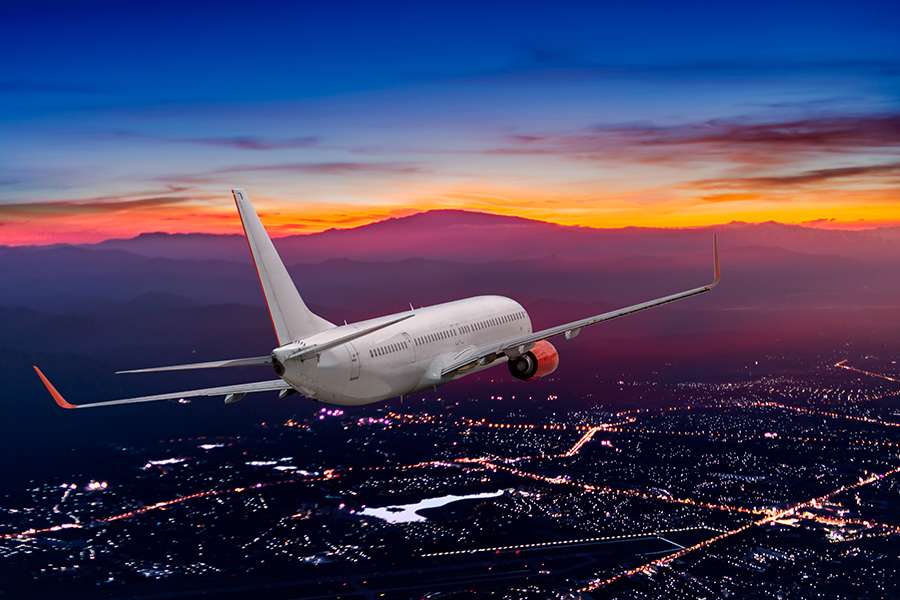
Understanding drag is vitally important. Can you think of any real-life situations where drag might be a factor and either helpful or a hindrance?
Here are some general things to bear in mind when discussing drag: –
With An Increase in Weight, Comes an Increase in Drag
In our table above, we discussed opposing flight forces. However, it can be slightly more complex. The truth is that all four flight forces interact with each other to an extent.
Why does an increase in weight cause an increase in drag?
Well, remember how we talked about both parasite and induced drag?
Parasite drag increases at the square of the airspeed. In order to generate lift to equal or exceed the weight, we need to fly faster… More speed equals more parasite drag!
Because we need to increase the lift to equal or exceed the weight at slow speeds, we will be generating much more induced drag too!
So it is safe to say that, overall, an increase in weight leads to an increase in the aircraft’s total drag! It may take you longer to get airborne, and speeding up may also take a greater amount of time!
Contamination On Aircraft Surfaces Increases Drag
If there’s one thing pilots try and avoid, it is any foreign object on the wing. This could include: –
- Ice or frost
- Bird droppings
- Smashed bugs
- ‘popped’ rivets
- Sand and dirt
- Dents and dings
All of the above will cause parasite drag. Meaning a reduction in aircraft efficiency.
Ice is particularly dangerous. Not only does it cause friction and change the wing’s shape, but even a thin layer of ice can cause a significant increase in weight! And, as we saw above, increased weight means more drag!
Drag Is Useful for Slowing Down
When it comes to drag, it isn’t all bad! It can actually be useful for us as pilots.
Remember, drag is the opposite force to thrust. If we are going too quickly, it can be used to slow us down! Commercial pilots will often use devices such as speed brakes to increase the aircraft’s rate of descent or slow it down.
Speed brakes are literally huge fences on the upper side of the wing that increase drag.
If you happen to fly an aircraft with retractable gears, you’ll notice that the speed decays much quicker with the gear down. This is purely a result of parasite drag.
The Drag’ Sweet Spot’ – Minimum Drag Speed
For the eagle-eyed, you may have noticed something…
You get maximum induced drag at low speeds and maximum parasite drag at high speeds.
At the very beginning, when answering the question ‘what is drag’, we mentioned that ‘drag’ is a catchall term used to describe the sum of all the different types of drag. How the forces of drag interact can actually be depicted as a ‘drag curve’.
This U-shaped curve represents the total drag created by an aircraft’s passage through the air. Where it is at its lowest is the best speed to fly to ensure maximum range.
<CONSIDER DRAG CURVE IMAGE HERE>
More Drag = More Fuel Required
Thrust is the opposing force to drag. So it stands to reason that if we have higher drag, we need more thrust to overcome it.
And here’s the thing about using more thrust…
If you use more thrust, you use more fuel!
Want to save a few dollars? Ensure that all surfaces on the aircraft are kept clean!
Final Thoughts
Drag is unavoidable and is as inherent to flying as other ‘good’ forces such as lift and thrust. Understanding drag and its effects on the aircraft is vitally important. If you found learning about drag and its effects interesting, why not go a step further and delve into some more airplane theory. Here at Pilot Institute, we have a range of courses that can be completed in your own home. And the best bit? There are even free courses available. Why not take a look?
